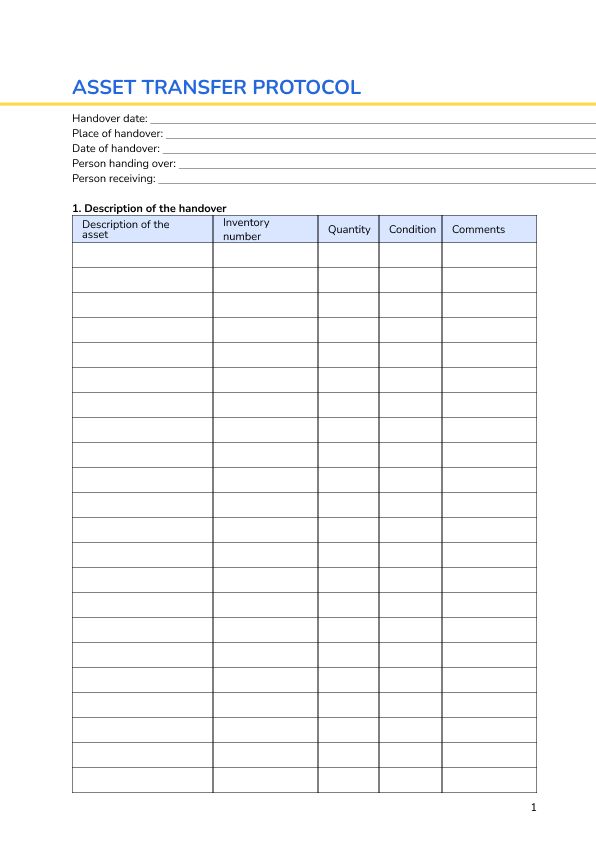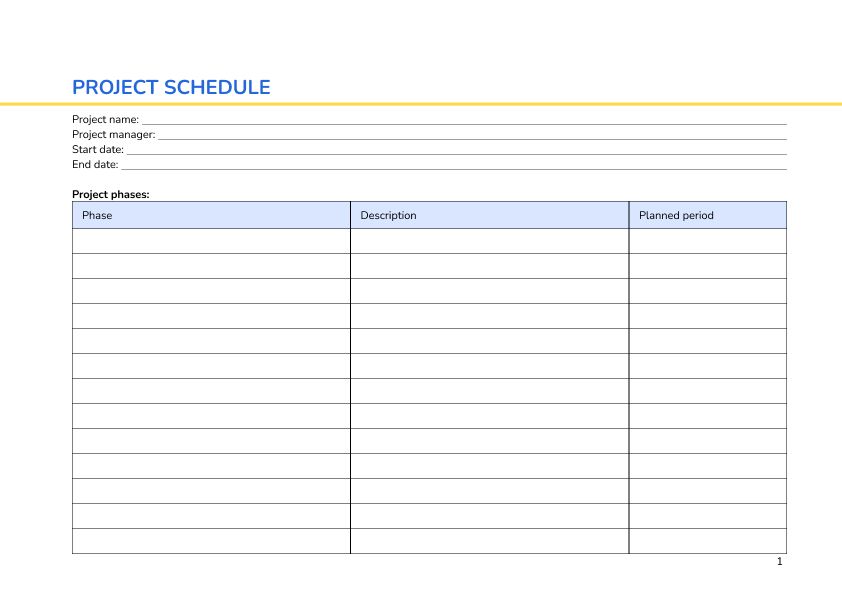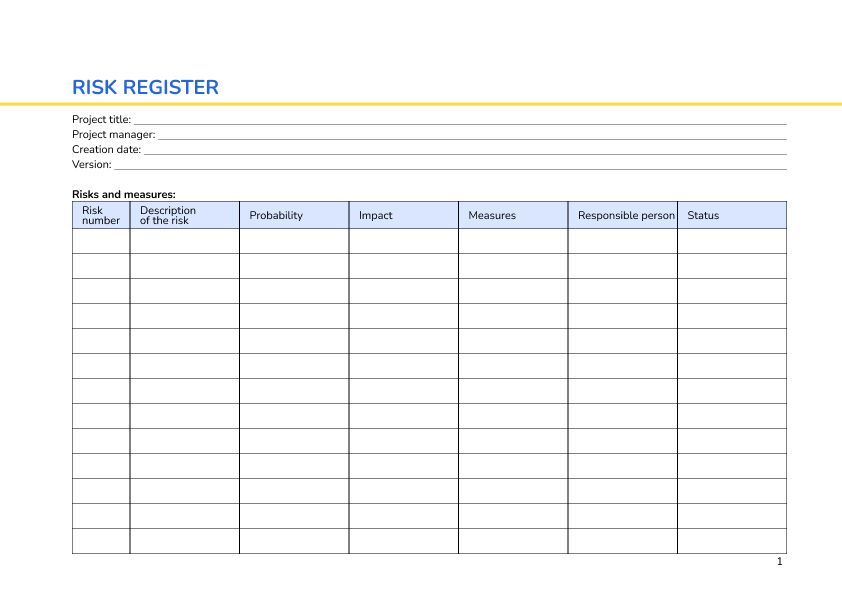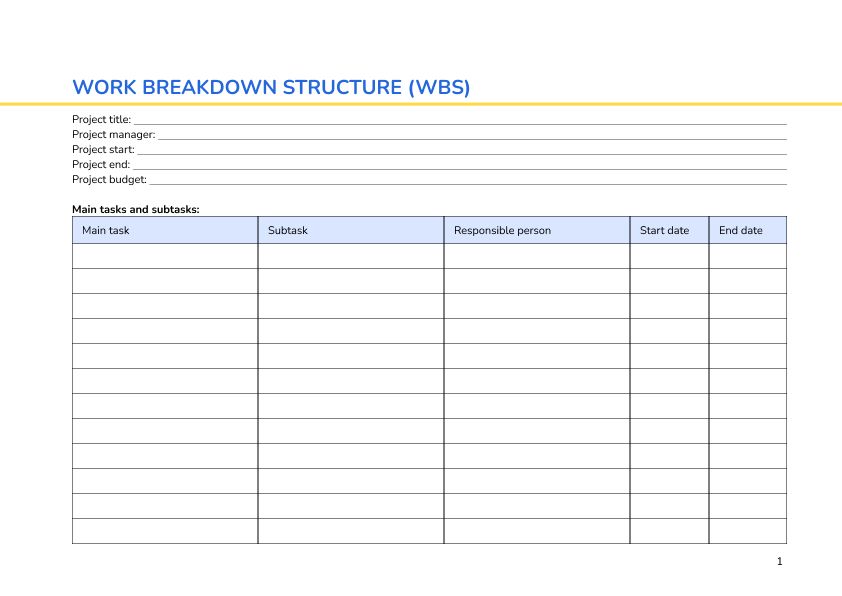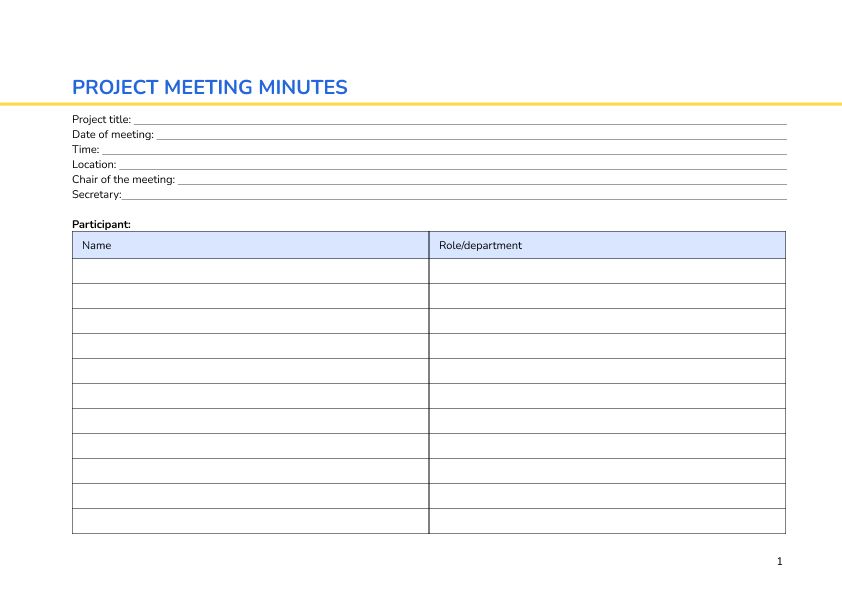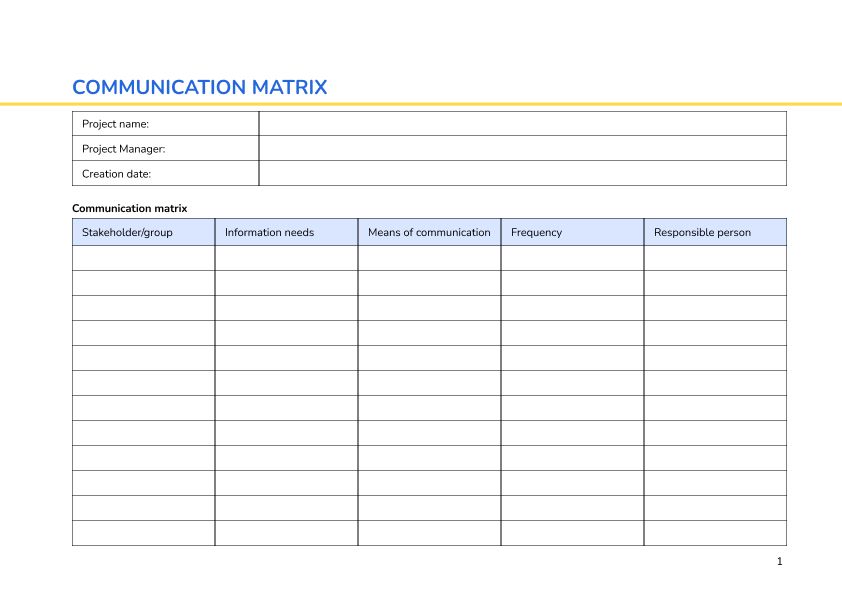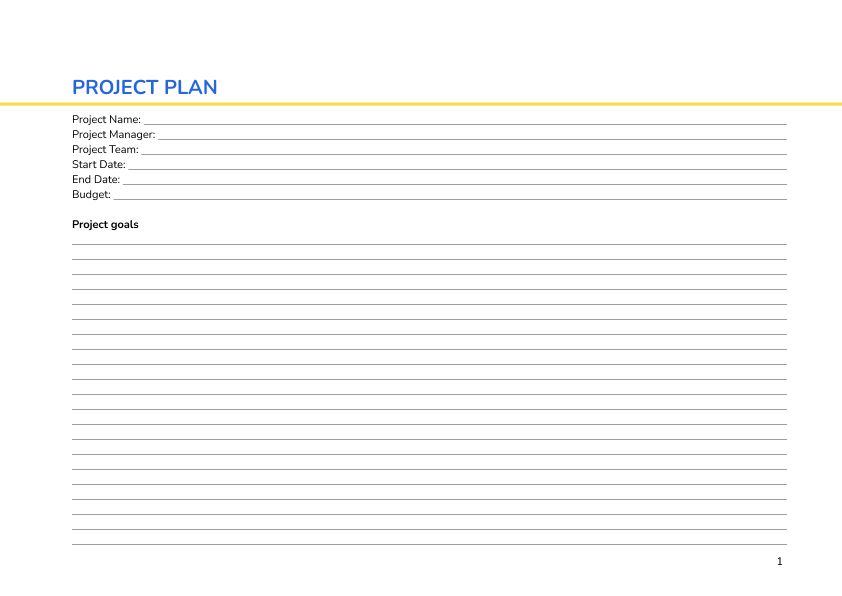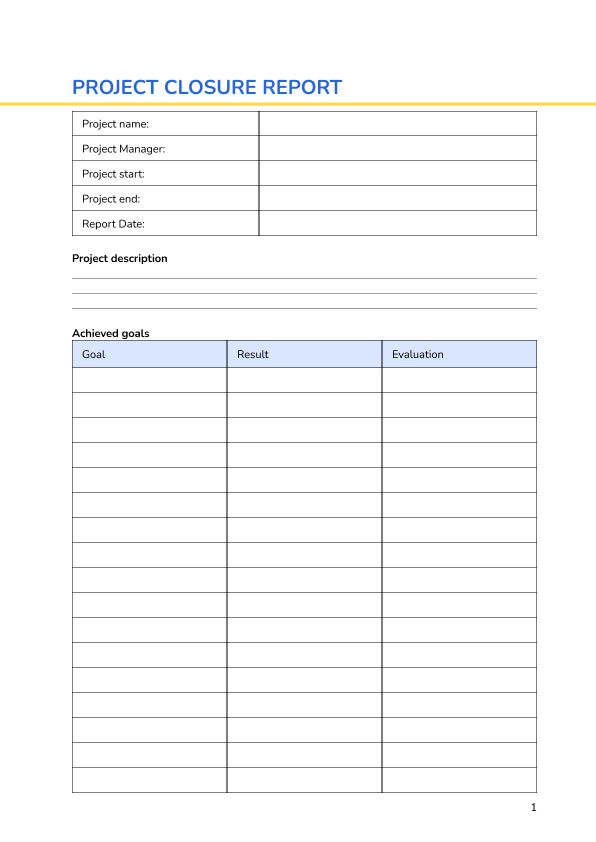add your logo, and
automate routine tasks.
Evaluate the convenience right now!

From static documents to dynamic time management
Dynamic management:
Real-time:
Integration:

The Asset Transfer Protocol is a formal document outlining the process, details, and responsibilities involved in transferring ownership or control of an asset between parties. Its purpose is to ensure transparency, accountability, and compliance with organizational policies and legal requirements during asset handovers. This protocol serves as a crucial record for maintaining accurate asset management and preventing disputes.
The scope of the Asset Transfer Protocol encompasses all key details of the transfer, such as the asset description, current and receiving parties, transfer date, condition of the asset, and any associated terms or conditions. It applies to a variety of contexts, including internal transfers within organizations, transfers between entities, or asset transfers due to sale, lease, or relocation.
Key features of the Asset Transfer Protocol include precise identification of the asset, a clear outline of responsibilities for both the transferring and receiving parties, legal compliance references, and an acknowledgment section to confirm the transfer’s acceptance. This document enhances operational efficiency by creating a standardized process for managing asset movements, reducing the likelihood of errors or misunderstandings.
A well-drafted Asset Transfer Protocol supports proper documentation, facilitates seamless transitions, and ensures all parties are aligned with the transfer terms, making it indispensable for businesses, governmental bodies, and other organizations managing tangible or intangible assets.
